Indulge your taste buds in the irresistible sweetness of homemade caramel sauce made with coconut sugar. Whether you have a sweet tooth or simply love experimenting with flavors in the kitchen, this delectable treat is sure to satisfy your cravings. Coconut sugar, known for its rich caramel-like flavor, gives this sauce a unique twist, elevating it to a whole new level of deliciousness.

Jump to:
- Why choose coconut sugar for caramel sauce?
- Step-by-step guide to making coconut sugar homemade caramel sauce
- Tips and tricks for perfect caramel sauce
- Variations and flavor add-ins for coconut sugar caramel sauce
- Serving suggestions and recipe ideas
- Storing your homemade caramel sauce
- Frequently asked questions about coconut sugar caramel sauce
- Coconut Sugar Homemade Caramel Sauce
Why choose coconut sugar for caramel sauce?
Traditional caramel sauce is made with refined white sugar. Using coconut sugar brings a whole new dimension to this classic treat. Coconut sugar is derived from the sap of coconut palm trees and is known for its rich flavor that closely resembles caramel. This natural sweetener adds depth and complexity to the sauce, making it a perfect choice for those who appreciate a more intense caramel taste. Additionally, coconut sugar is unrefined and retains more nutrients compared to white sugar, making it a healthier alternative.
Coconut sugar contains essential minerals such as potassium, iron, and zinc, as well as antioxidants. These nutrients can support a healthy immune system, aid in digestion, and provide a gentle energy boost. Unlike refined sugar, coconut sugar has a lower glycemic index, meaning it causes a slower rise in blood sugar levels. This makes it a suitable option for individuals with diabetes or those looking to manage their blood sugar levels. By opting for coconut sugar in your caramel sauce, you not only enhance the flavor but also reap the nutritional benefits.
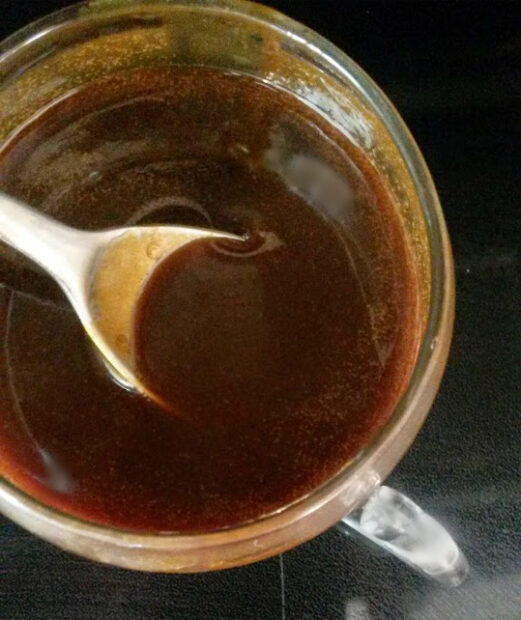
Step-by-step guide to making coconut sugar homemade caramel sauce
Let's dive into the step-by-step process of making your very own caramel sauce. With just a few simple ingredients and a bit of patience, you'll be able to create a velvety smooth caramel sauce that will leave you craving more!
Step 1: Gather your ingredients
To make coconut sugar homemade caramel sauce, you will need the following ingredients:
- coconut sugar
- heavy cream (can substitute dairy free heavy whipping cream)
- unsalted butter (can substitute dairy free butter)
- vanilla extract
- salt
Step 2: Melt the coconut sugar
In a medium-sized saucepan, melt the coconut sugar over medium heat. Stir continuously to prevent the sugar from burning. As the sugar melts, it will transform into a thick, amber-colored liquid. This process may take around 5-7 minutes.
Step 3: Add the butter and cream
Once the sugar has completely melted, add the unsalted butter to the saucepan. Stir until the butter is fully incorporated into the melted sugar. Next, slowly pour in the heavy cream while stirring continuously. Be careful, as the mixture will bubble and may splatter. Continue stirring until the cream is well blended with the sugar and butter.
Step 4: Achieve the perfect creamy consistency
Reduce the heat to low and let the mixture simmer for about 5 minutes, stirring occasionally. This will allow the sauce to thicken and develop a smooth, creamy texture. If you prefer a thicker caramel sauce, you can let it simmer for a few more minutes. Keep in mind that the sauce will continue to thicken as it cools, so be careful not to overcook it.
Step 5: Add the finishing touches
Remove the saucepan from heat and stir in the vanilla extract and a pinch of salt. These ingredients will enhance the flavor of the caramel sauce, giving it a well-rounded taste. Allow the sauce to cool for a few minutes before transferring it to a jar or container for storage.
Tips and tricks for perfect caramel sauce
Creating the perfect coconut sugar homemade caramel sauce requires a bit of practice and attention to detail. Here are some tips and tricks to help you achieve caramel sauce perfection:
- Use a heavy-bottomed saucepan: A heavy-bottomed saucepan distributes heat evenly, preventing the sugar from burning or sticking to the bottom.
- Stir continuously: When melting the sugar, continuous stirring ensures even heat distribution and prevents burning. It's important to be patient and not rush this step.
- Be cautious when adding cream: When adding the cream to the melted sugar and butter mixture, do it slowly to avoid splattering. This will help you avoid any potential burns and ensure a smooth consistency.
- Adjust thickness to your liking: The longer you simmer the sauce, the thicker it will become. Keep in mind that the sauce thickens further as it cools, so it's better to slightly undercook it if you prefer a runnier consistency.
- Experiment with flavor variations: Once you have mastered the basic coconut sugar caramel sauce recipe, feel free to get creative and add your own twist. You can infuse the sauce with flavors like sea salt, cinnamon, or even a hint of coffee to create unique and delicious variations.
Variations and flavor add-ins for coconut sugar caramel sauce
While the classic coconut sugar homemade caramel sauce is already amazing on its own, there are endless possibilities for flavor add-ins and variations:
Sea salt caramel sauce:
Add a pinch of sea salt to the caramel sauce for a sweet and salty combination that will tantalize your taste buds.
Spiced caramel sauce:
Infuse the sauce with warm spices like cinnamon, nutmeg, or cardamom to add a cozy twist to your caramel sauce. This is perfect for drizzling over apple pies or pumpkin desserts.
Nutty caramel sauce:
Stir in a handful of toasted nuts such as almonds, pecans, or walnuts for a crunchy texture and nutty undertones. This variation is excellent for topping ice cream or pancakes.
Feel free to experiment with different combinations and find your favorite flavor combination!
Serving suggestions and recipe ideas
Now that you have mastered the art of making coconut sugar homemade caramel sauce, it's time to put it to good use. Here are some serving suggestions and recipe ideas to inspire you. I also have some tips for baking with coconut sugar.
Drizzle over desserts:
The classic way to enjoy caramel sauce is to drizzle it over your favorite desserts. Whether it's ice cream, cheesecake, cookies, fudge, cinnamon rolls, caramel popcorn or brownies. a generous pour of coconut sugar caramel sauce takes any dessert to the next level.
Sweeten your beverages:
Stir a spoonful of caramel sauce into your coffee, hot chocolate, or milkshake for a rich and indulgent twist. It adds a delightful sweetness and flavor that will elevate your drink.
Dip fruits:
Cut up an assortment of fruits like apple slices, strawberries, or banana chunks and serve them with a bowl of warm coconut sugar caramel sauce for dipping. We even love them with roasted pecans!
Storing your homemade caramel sauce
To ensure the longevity of your homemade coconut sugar caramel sauce, proper storage is essential. Here are some tips on how to store and preserve your sauce:
1. Refrigerate: Transfer the caramel sauce to an airtight container or jar and refrigerate. It can be stored in the refrigerator for up to two weeks.
2. Freeze for longer shelf life: If you have made a large batch or want to extend the shelf life, you can freeze the caramel sauce. Place it in a freezer-safe container or ice cube trays for easy portioning. The sauce can be stored in the freezer for up to three months. Thaw in the refrigerator before using.
3. Rewarming: When ready to use the refrigerated or frozen caramel sauce, gently reheat it in a saucepan over low heat or in the microwave at short intervals, stirring in between. Be cautious not to overheat it, as it can become too thick or separate.

Frequently asked questions about coconut sugar caramel sauce
Here are a few questions that I often get asked about making this caramel sauce:
Does coconut sugar taste like coconut?
No, it doesn't taste like coconut at all. Coconut sugar has a rich, caramel taste to it.
Can I use coconut cream instead of heavy cream or dairy free heavy whipping cream?
Yes, you can substitute coconut cream for heavy cream if you prefer a dairy-free option. The result will be a slightly different flavor profile and even a little bit of coconut taste. But it will still be delicious!
Can I use coconut oil instead of butter?
While butter adds richness to the caramel sauce, you can use coconut oil as a substitute. Keep in mind that the flavor may vary, but it will still be a tasty alternative. You can also use dairy free butter if you would like.
Can I use coconut sugar caramel sauce for savory dishes?
Absolutely! Coconut sugar caramel sauce can be used in savory dishes as well. It adds a touch of sweetness and depth of flavor to dishes like roasted meats, glazes, or dressings.
Is coconut sugar caramel sauce vegan-friendly?
The basic recipe for coconut sugar caramel sauce contains dairy products, making it non-vegan. However, you can easily make it vegan by using coconut cream or dairy free heavy whipping cream instead of heavy cream and coconut oil or dairy free butter instead of butter.
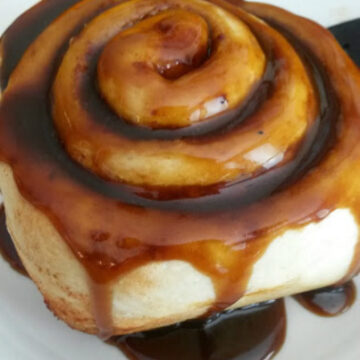
Coconut Sugar Homemade Caramel Sauce
Equipment
- thermometer optional
Ingredients
- 1 cup of coconut sugar
- ½ cup heavy cream can substitute dairy free heavy whipping cream
- ¼ cup unsalted butter can substitute dairy free butter
- ½ teaspoon vanilla extract
- 1 pinch salt
Instructions
- In a medium-sized saucepan, melt the coconut sugar over medium heat. Stir continuously to prevent the sugar from burning. As the sugar melts, it will transform into a thick, amber-colored liquid. This process usually takes around 5-7 minutes.
- Once your sugar has completely melted, add the butter to the saucepan. Stir until the butter is fully melted into the sugar. Next, slowly pour in the heavy cream while stirring continuously. Continue stirring until the cream is well blended with the sugar and butter.
- Reduce the pan heat to low and let the mixture simmer for about 5 minutes, stirring occasionally. This allows your sauce to thicken and develop a nice, smooth, creamy texture. If you prefer a thicker caramel sauce, you can let it simmer for a few more minutes. Keep in mind that the sauce will continue to thicken as it cools, so be careful that you do not overcook it.
- Remove the saucepan from heat and stir in the vanilla extract and your pinch of salt. These ingredients help enhance the flavor of the caramel sauce. Allow the sauce to cool for a few minutes before transferring it to a jar or container for storage.


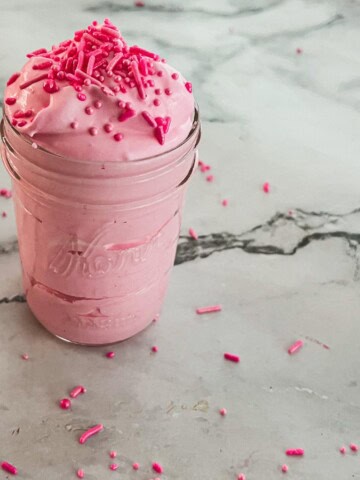
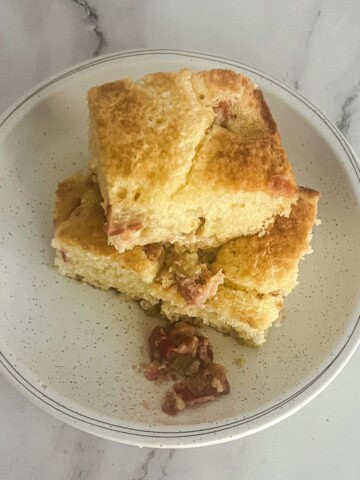
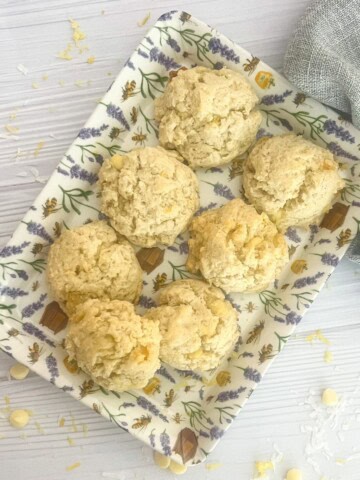
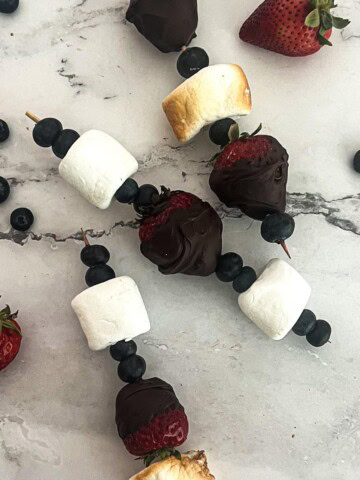
Leave a Reply